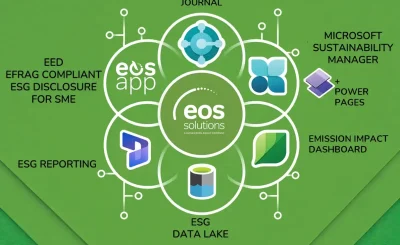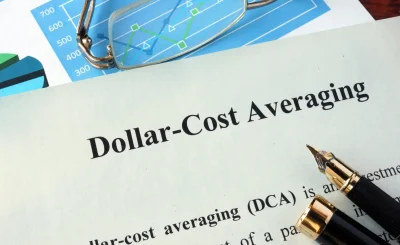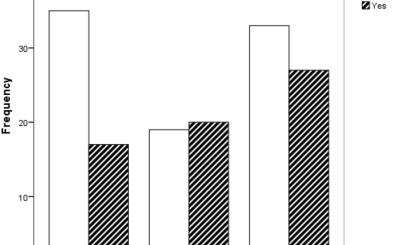While the Internet has made it easier than ever to compare rates and policies, the terminology surrounding auto insurance remains confusing. Long-held myths relating to the subject can cloud the decision-making process. For example, there’s no proof that red cars cost more to insure. Rather, insurers consider several factors to determine the premium you’ll pay. The higher the deductible, the lower your premium.
One of the most important terms in car insurance is coverage. This covers what your policy will pay for if you cause an accident. Comprehensive coverage pays for damages other than collision. This includes damage to your vehicle caused by vandalism, windstorm, floods, etc. You’ll need to provide this information when getting an insurance quote. Additionally, you’ll need to know what a claim is. A claim is the notification of a loss to an insurance company.
A policy’s declarations page lists the information required to process a claim. This page usually contains the legal name of the insurance company, the premium payable, and the amount of loss. You’ll also find a deductible and endorsement on the declarations page. These terms refer to a particular part of the policy and are necessary to understand before buying car insurance. In addition to premium, there is a policy limit that specifies how much the insurance company will pay out.
The deductible is the amount you’ll pay before your insurance company shares in the cost of damages. The premium, or the amount you pay monthly, will be determined based on your profile. For example, a younger driver will be considered a higher liability than a more experienced driver and charged higher rates. However, you should keep in mind that paying more does not always mean better coverage. If you’re concerned that you may be in a car accident, you should first check your driving record to see how much it would cost to fix it.
Liability: Your liability coverage will pay for any damages you cause to another person or object. Bodily injury insurance is required by law in Colorado, New Mexico, Utah, and Wyoming, but you can purchase more in your state. Property damage liability insurance, on the other hand, will cover damages to your own vehicle and others’ property. These two types of insurance are optional and you may decide to opt for a higher limit.
Liability and Comprehensive: Liability and collision insurance are the most common types of car insurance. Both will cover damages caused to your vehicle by another driver or an accident. The latter is usually the most expensive and covers the most expenses. Besides, liability coverage is the most costly, so it’s important to understand the differences between the two. The coverage you get will depend on your needs, and you’ll be able to adjust it as necessary.
Grace period: Before driving your new car, find out how long you’ll have until your current policy expires. If you plan to change insurers later, you’ll need to buy a new insurance policy before driving your new car home. A brief lapse in coverage can significantly affect your insurance rates. Likewise, you can’t retroactively apply insurance to a previously-owned car.










